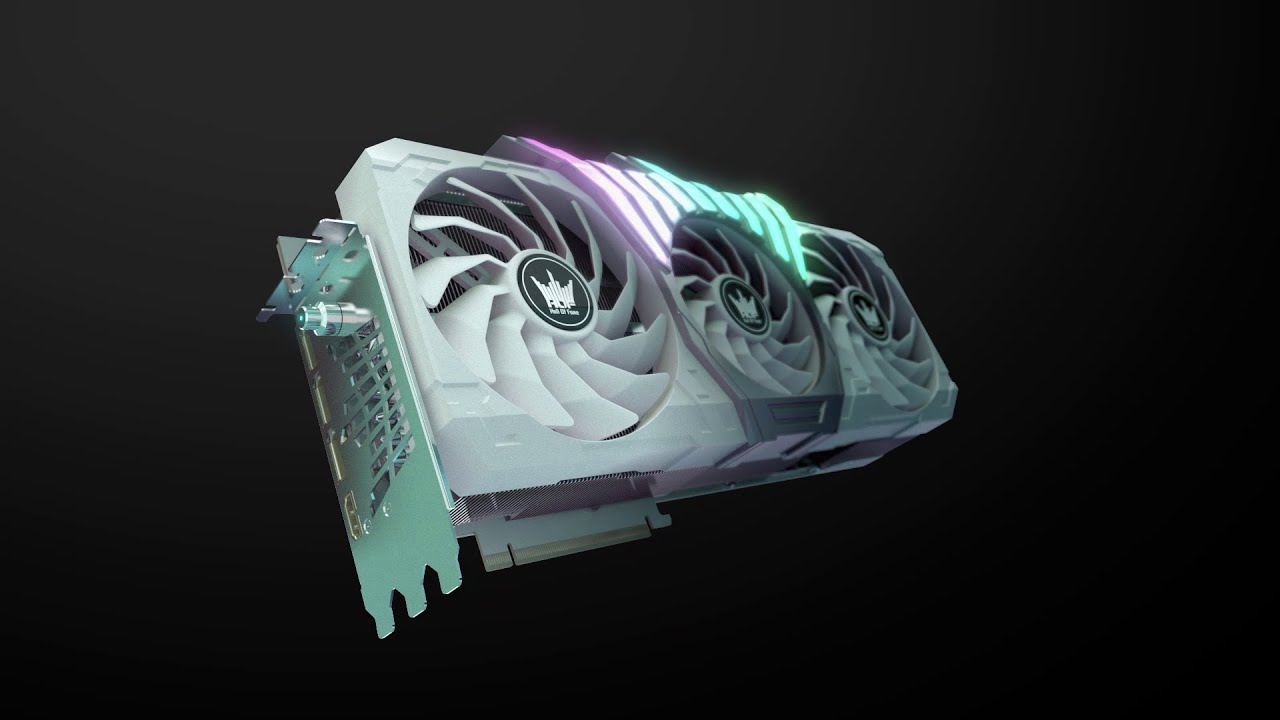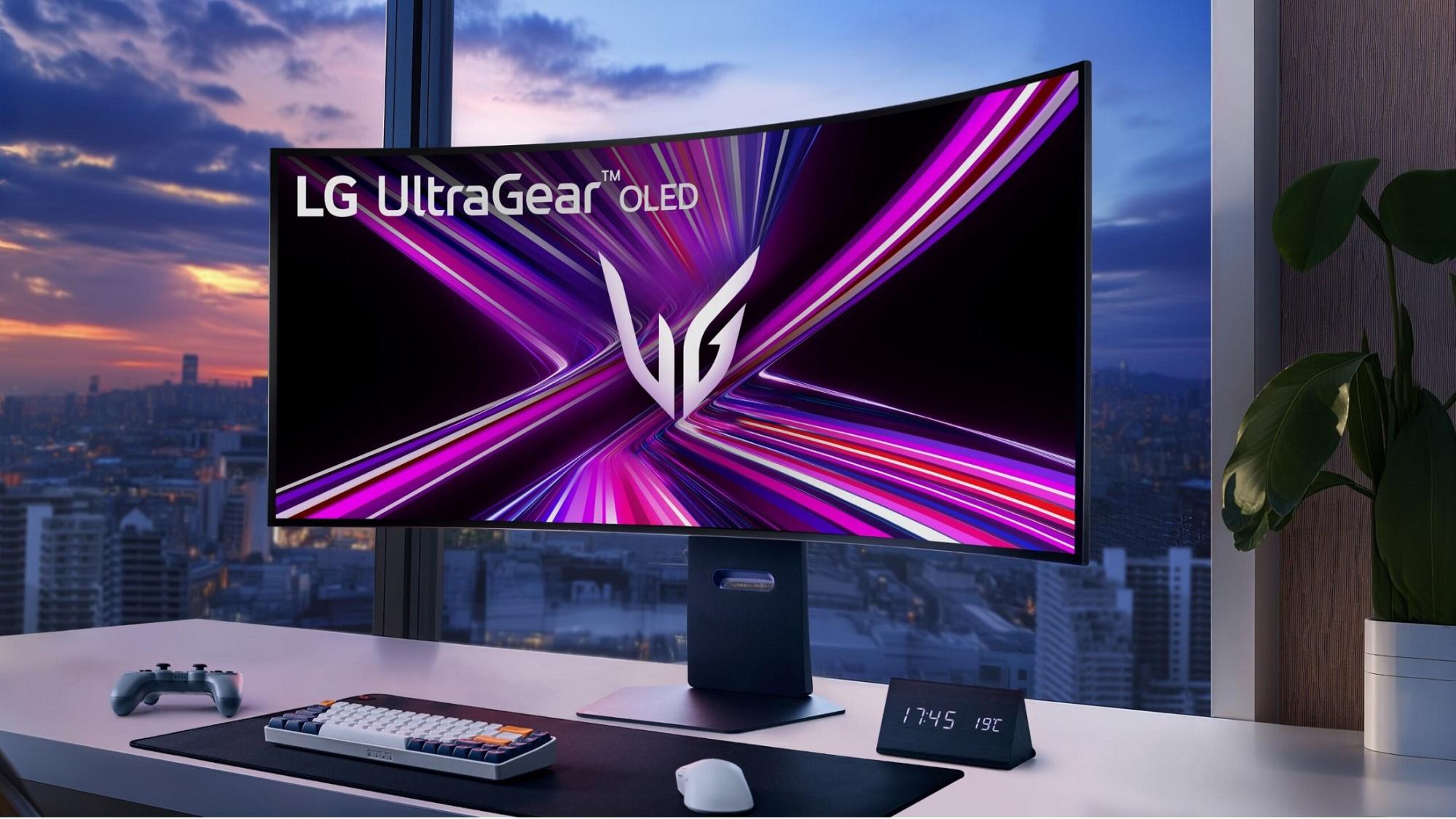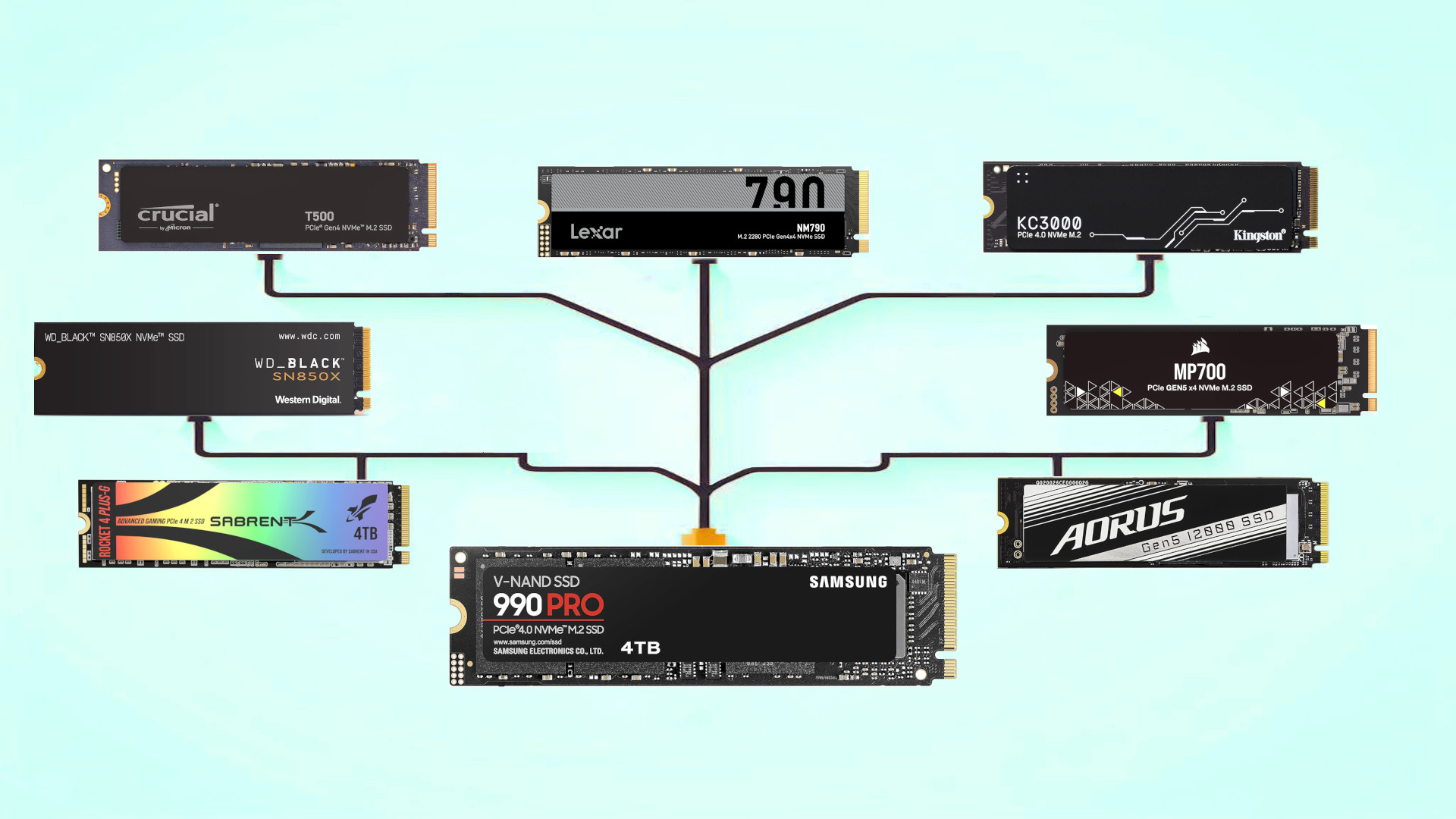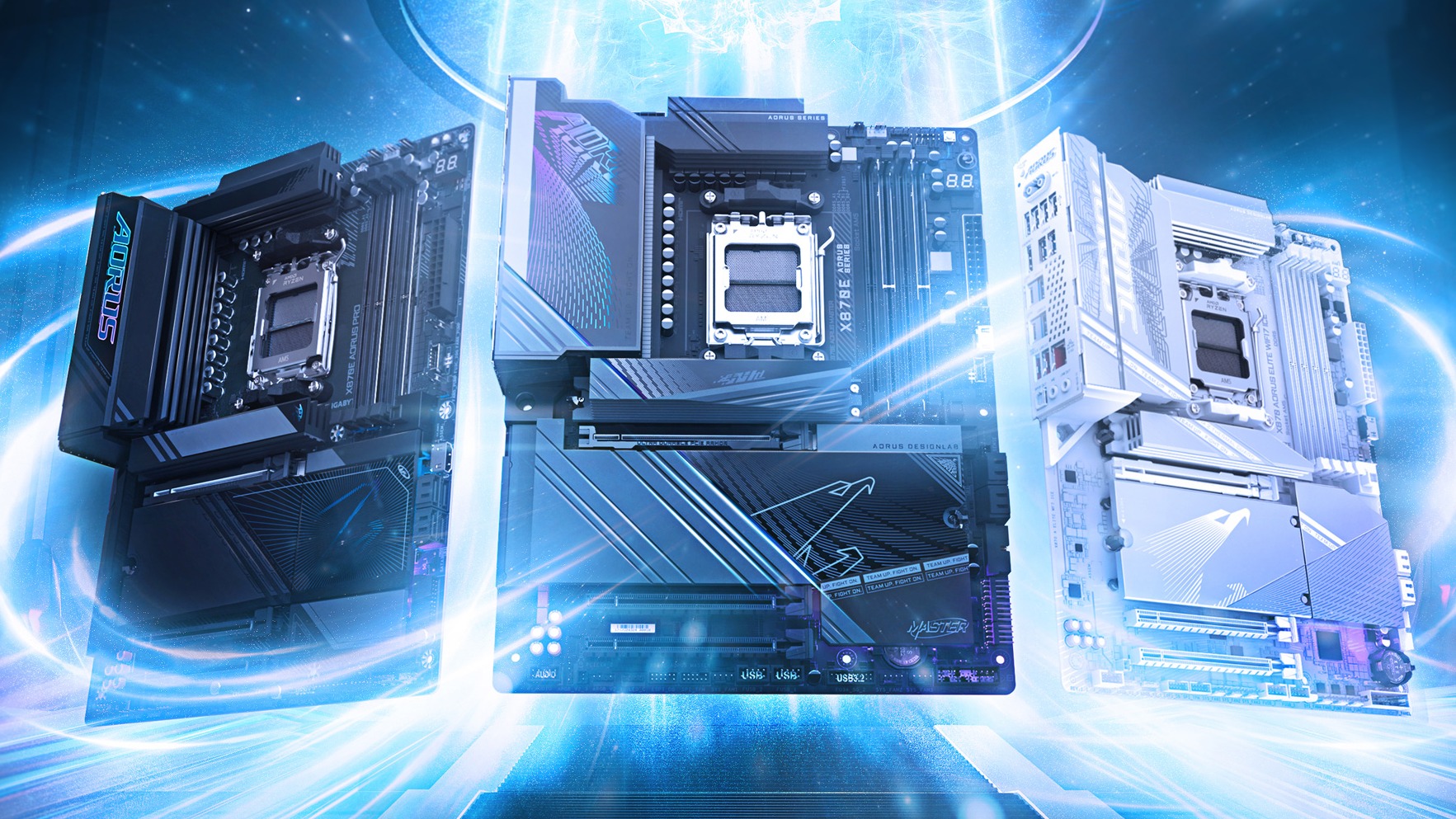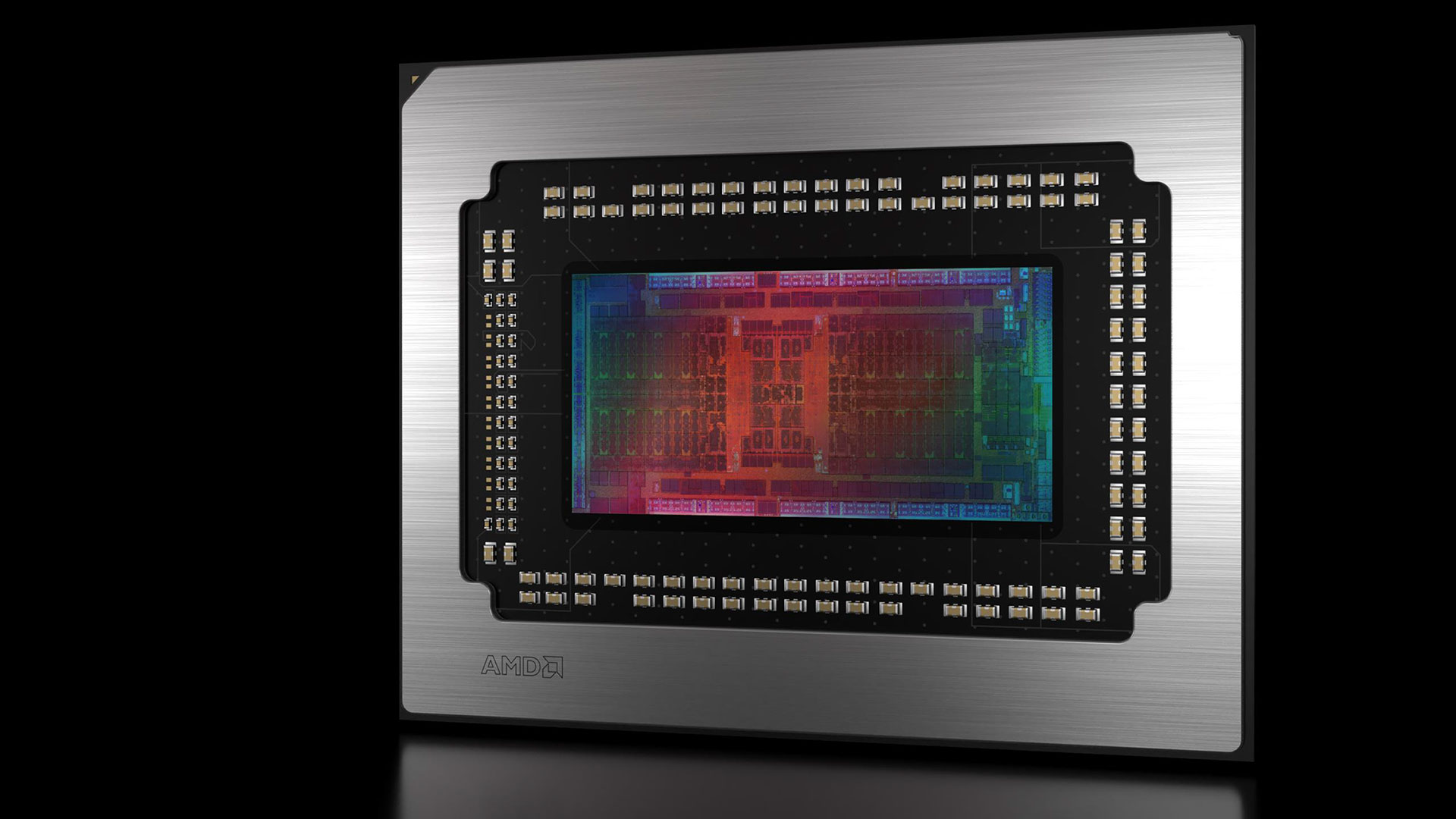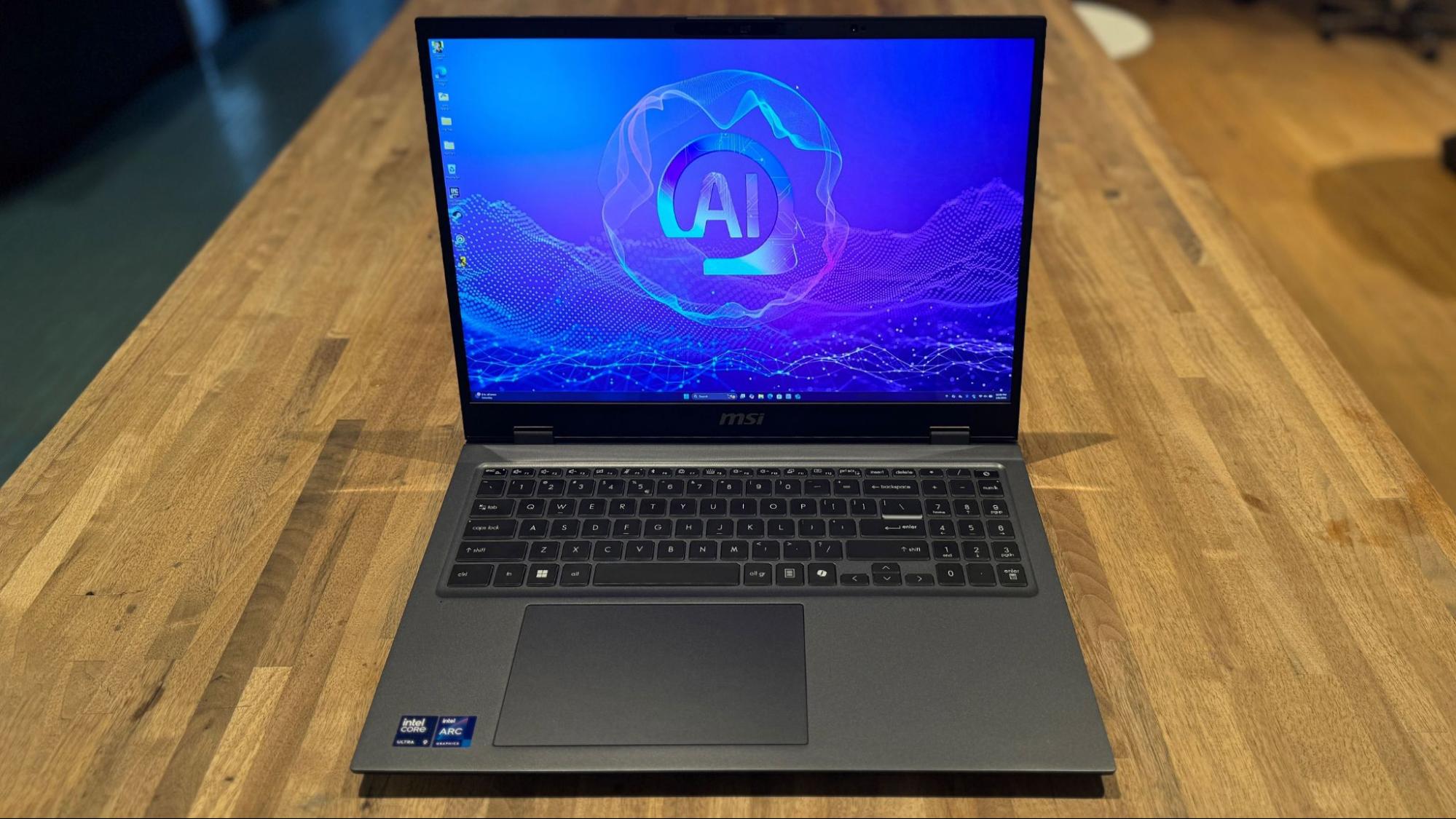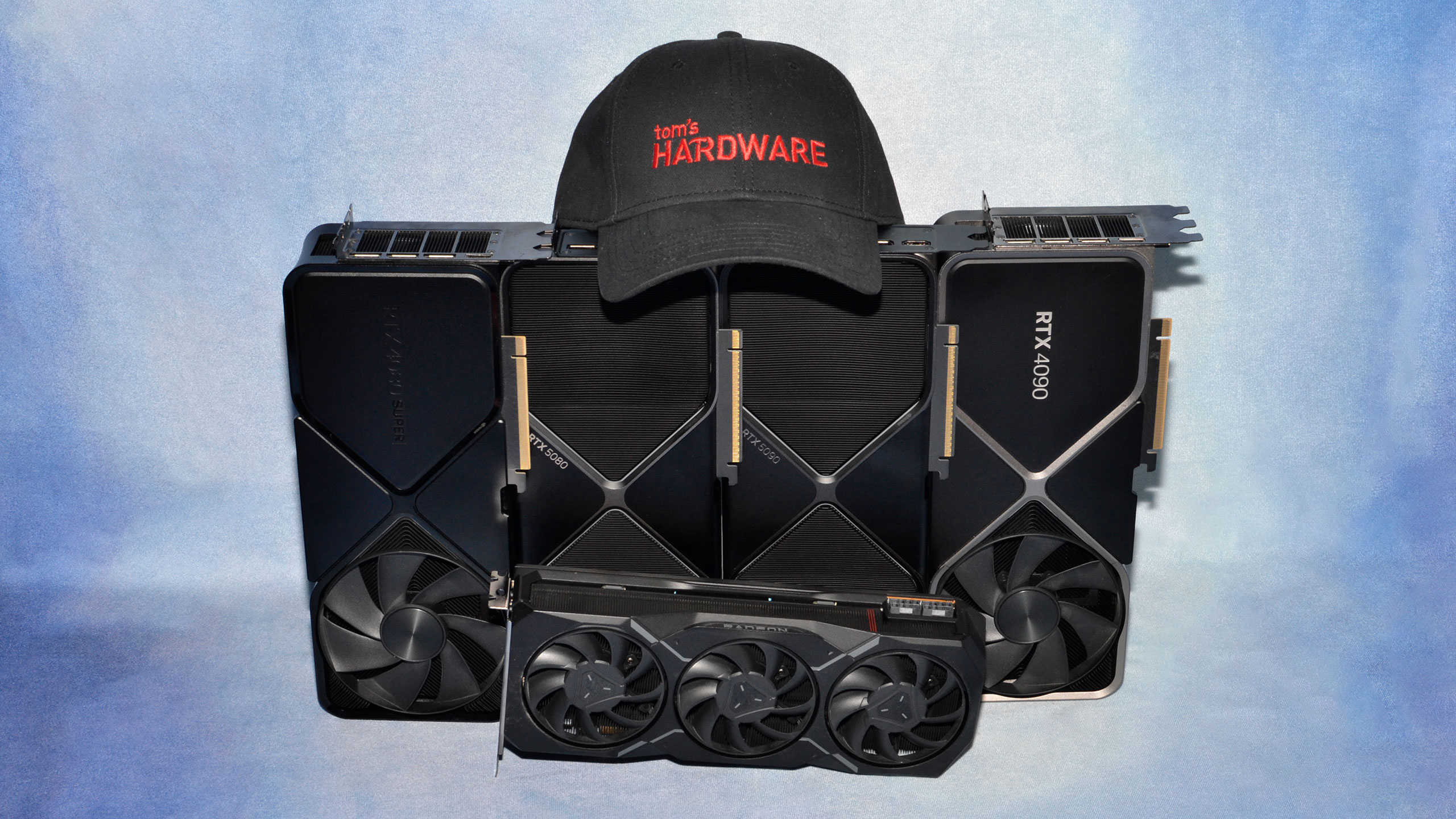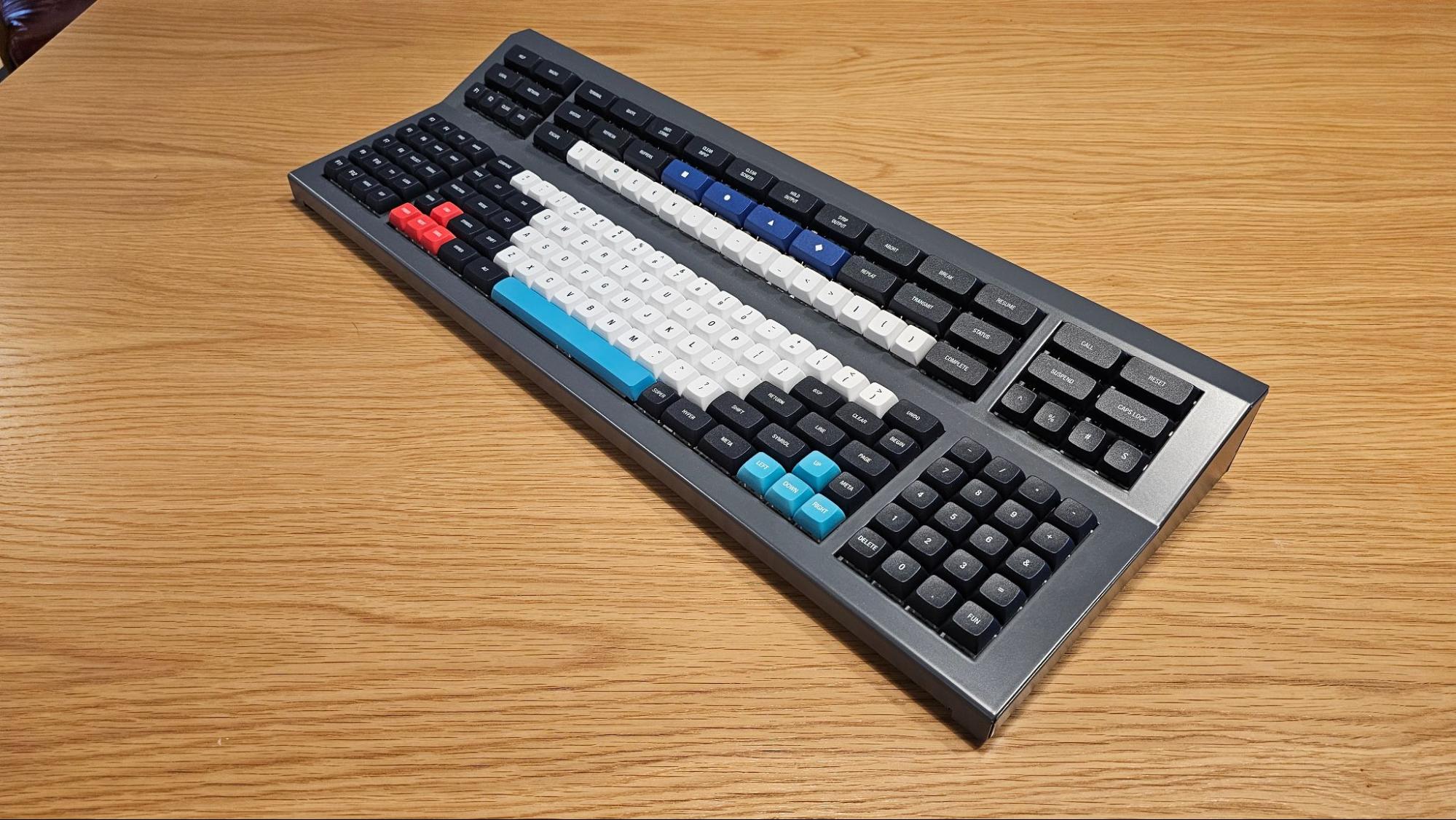Enthusiast Power Protection: Four-Way 900 W UPS Roundup
It's downright negligent to ignore the power needs of your high-end hardware. While many power users go to the trouble of tracking down solid PSUs, we recommend going a step further and investing in battery backup. We round up four enthusiast units.
Conclusion
Much love goes into building an enthusiast-class PC, and nothing could ruin that relationship quicker than bad power. While most of us get by with nothing more than a surge protector, many of us would be just as upset if a brownout reset our systems in the middle of a game or any other important task.
Yet, the UPS industry isn’t as nimble as the computer component industry, and was caught ill-prepared for changes in hardware that have been occurring over the past few years. While CyberPower is the first company to launch a consumer-level UPS to support enthusiast-class hardware, there’s a lot to be said in favor of its enterprise-class rivals. Let’s consider a few things each particular UPS is good at:
Best Power Protection: Opti-UPS DS1500B
If all of our PCs were stashed away in server closets, the UPS DS1500B could be the best choice to protect them. Double-conversion topology does an almost perfect job of isolating a PC from fluctuations in the power grid, making this the best solution for ultra-sensitive components. Unfortunately, it’s far too noisy for an office or den, and far too expensive to suite the budgets of typical $2000 PC owners. This is, after all, an enthusiast-market comparison.
Best Run Time Value: APC SMT1500
The second-most-expensive unit in today’s roundup was also the second quietest and the one to provide the most battery run time for the money:
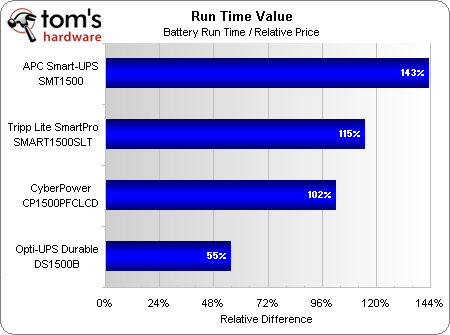
Even though its long runtime allows APC’s SMT1500 to top our value chart, most enthusiasts are unlikely to pay $442 to protect their $2000 system. Our preference for the SMT1500 is strong enough that if pricing was not an issue, APC would be getting an award.
Stay On the Cutting Edge: Get the Tom's Hardware Newsletter
Get Tom's Hardware's best news and in-depth reviews, straight to your inbox.
Best Enthusiast Value: CyberPower CP1500PFCLCD
Priced around ½ that of the competing average, CyberPower’s CP1500PFCLCD is the only unit in today’s comparison designed specifically for high-end home users. Consequently, it’s the only unit cheap enough to appeal across the broader enthusiast market, and the only unit to qualify for our “Recommended Buy” award within that market. Added features are simply icing on the cake, since it’s the only unit to pass the market’s price sensitivities, in addition to our durability tests.

Quiet enough to go nearly anywhere in the home, an easy-to-use front panel controller even makes it suitable for backing-up less elaborate devices like home theater equipment, perfect for keeping broadcast news updates available during a storm.
A scant runtime is this model’s biggest downfall compared to enterprise-class rivals, yet enthusiasts are also more likely to finish their tasks within the several minutes of full-load power the unit provides. We told every manufacturer that this article would be a value UPS shootout for the enthusiast PC market, and that’s exactly where the CP1500PFCLCD excels.

Lian Li EDGE EG1000 ATX 3.1 power supply review

Seasonic Prime TX-1600 Noctua Edition power supply review
-
sudeshc Have been using APC for last 2 years now without any issues what so ever.Reply
Would recommend it although they might be a bit costly but they perform really well. -
hmp_goose Soooo you have nothing to say about the TripLite atoll? Dead last? Distant second? Muddled mess? Nice part for not-our-application?Reply -
dEAne I have several units of APC and a hundred after-sales issues which remains unanswered, I opted to installed the generator set and a AVR than a UPS.Reply -
Emperus Most folks would just be happy to ignore on the need for a backup power source.. Hope this article enlightens them on getting one to protect their precious components and/or be ready if and when the situation arises.. Would be great if Tom's could put up a tier based classification on suitable UPS choices for various PC's (gaming, server, home theatre etc.)..Reply -
super_tycoon What about AVR? (Automatic Voltage Regulation) I have a CP1500AVRLCD and I've seen (at least I'm pretty sure) I've seen the AVR feature kick in when one of the local power lines got knocked out and the voltage drooped to ~100. (killed some of my non-dimmable cfl's) I went to CP's website and it claimed the pfc units still have AVR functionality. So here comes the confusion, what's the point of the voltage tolerances? If it has an AVR, why would it matter what voltage it's fed as long as there steps on the transformer? I thought the unit was supposed to take 90-140 without having to engage the battery while still passing ~120v?Reply
You've also made me want to test my non-pfc ups with my 850hx, but my gaming rig and my workstation are an hour apart.... -
aldaia This is a quite inefficient & expensive approach to the problem. We take AC and use a transformer to convert to DC and store in a battery, meanwhile another transformer is also taking AC and converting to DC to feed our components. When there is a blackout, we take DC from the battery, convert to AC and feed the computer PS where we convert back to DC to feed our components. Wouldn't be more cost effective and energy efficient to use the same unit to both feed our components with DC and the battery? Most of the time a PS has a surplus of power that can be used to charge the battery. When there is a blackout we could just take DC from battery and feed our components without the inefficient double DC->AC->DC conversion. I think an integrated UPS/PS would be cheaper (most components are replicated). That would be enough for most enthusiasts, that only need a relatively short battery life to be able to save work. A different matter is in professional environments where a UPS feeds dozens of computers that cannot be stopped. ¿Anyone knows if such a think exists?Reply -
wrxchris I've been using a CyberPower 1350AVR for the past couple years and it has been great. Gives me approx. 17 mins of runtime at idle / basic tasks (approx. 250 watts between my rig and main LCD). It's good for 810W, and I believe I picked it up on sale for $120.Reply -
g00ey I've always been wondering about the possibilities to replace the small batteries in those UPSes with standard car batteries or deep cycle (marine) batteries. Since the batteries in the UPSes are standard 12V lead cells it shouldn't be a problem and this would be a cheap way to keep the computer alive for days without external power.Reply -
nebun g00eyI've always been wondering about the possibilities to replace the small batteries in those UPSes with standard car batteries or deep cycle (marine) batteries. Since the batteries in the UPSes are standard 12V lead cells it shouldn't be a problem and this would be a cheap way to keep the computer alive for days without external power.wrongReply

